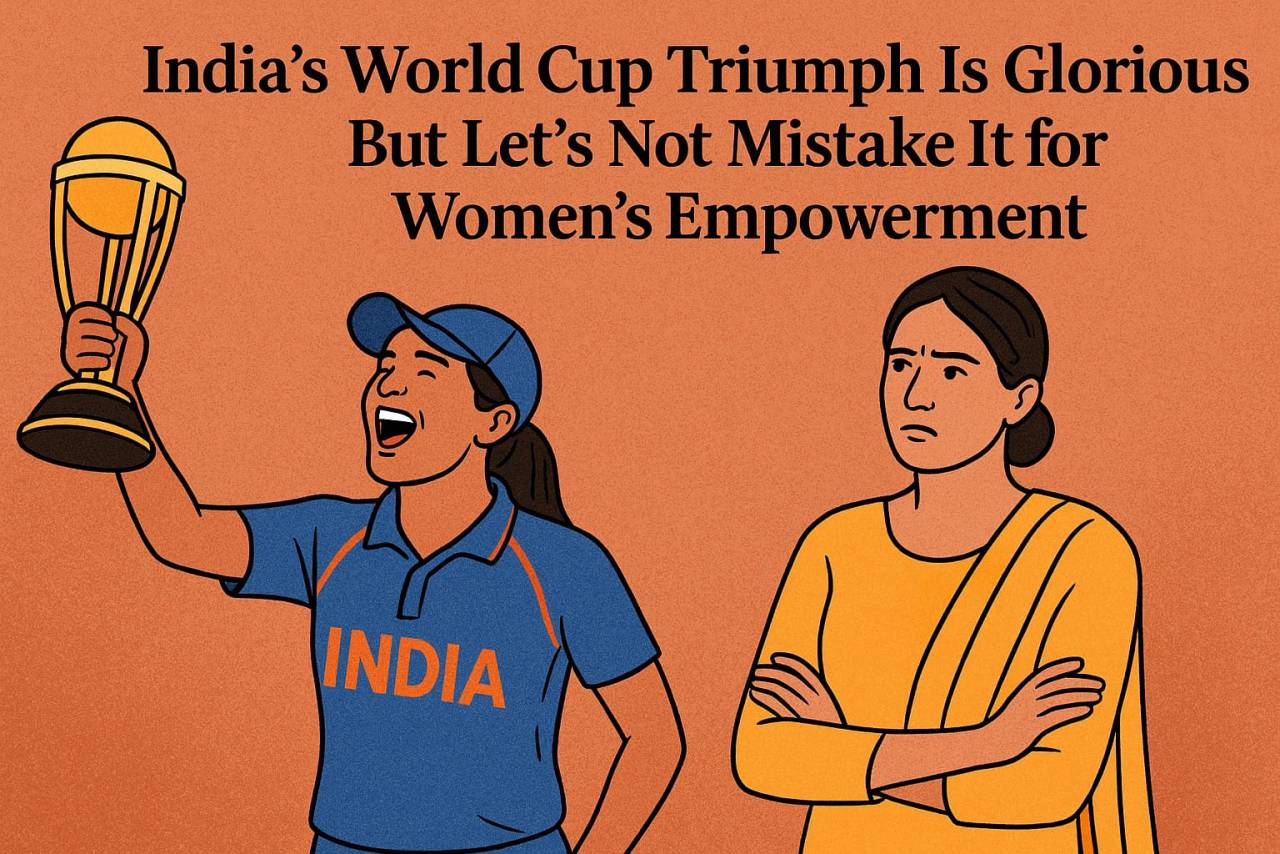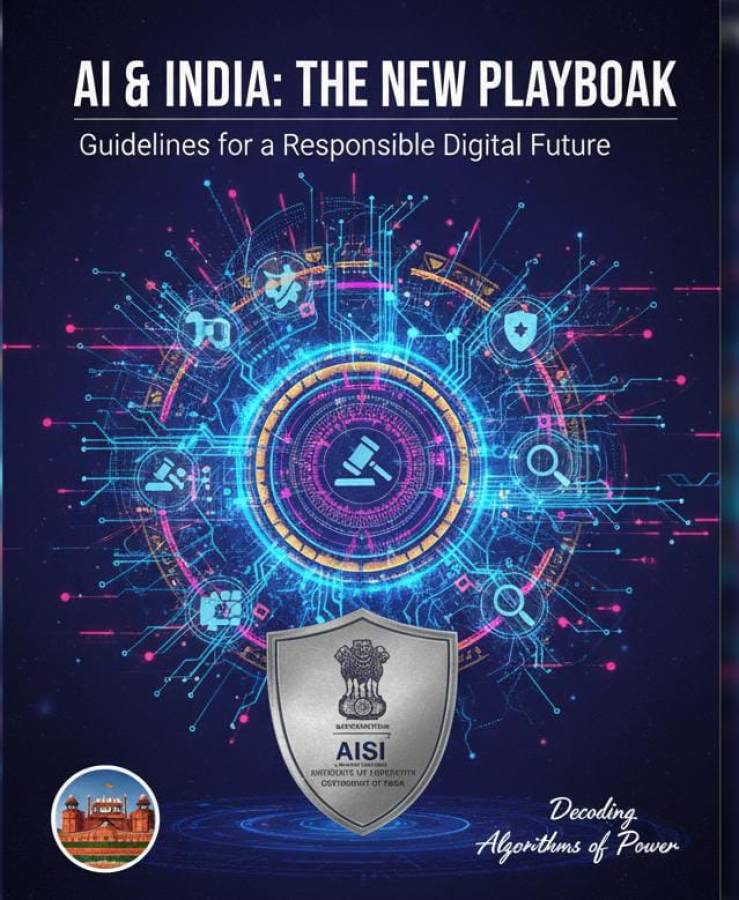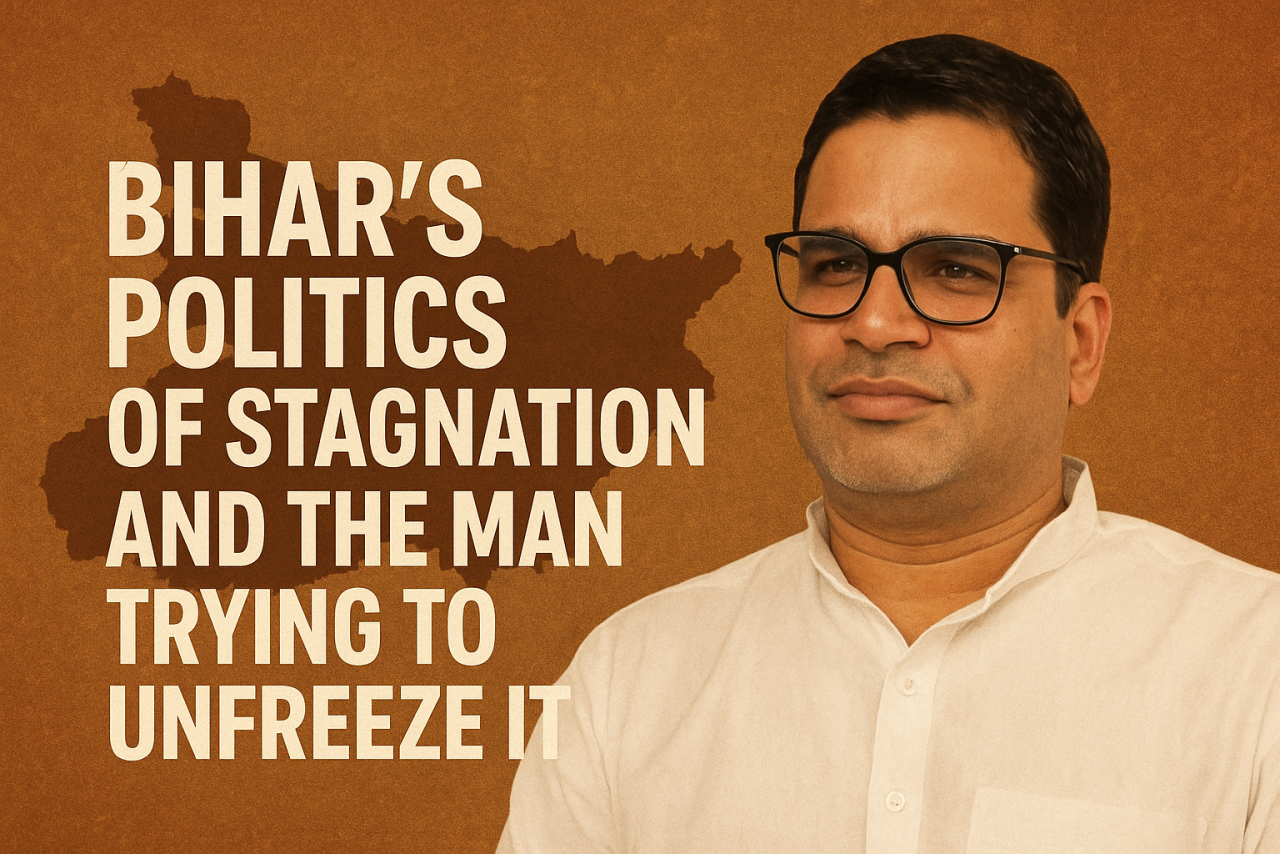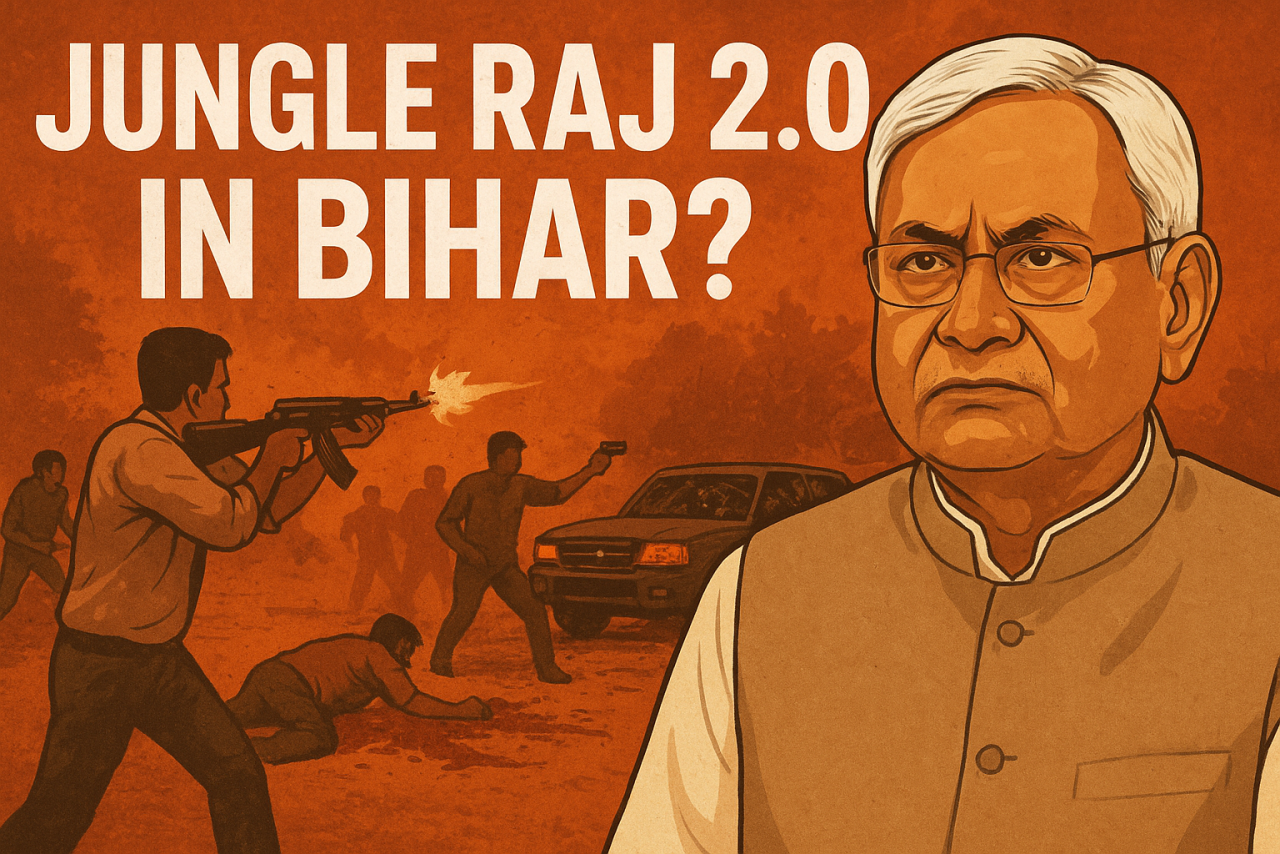
When the Indian women’s cricket team lifted the 2025 World Cup trophy, the country erupted in joy. Streets filled with cheers, social media glowed with hashtags, and television anchors declared it a “new dawn for Indian womanhood.” It was, undeniably, a historic win — a moment of pride, resilience, and sporting excellence. Yet, amid the euphoria, a crucial truth risks being overlooked: a cricket trophy, no matter how glittering, cannot by itself signify the empowerment of Indian women.
Empowerment is not won in a single match. It is a long, uneven process of dismantling barriers — social, economic, and cultural — that have held women back for generations. The women in blue have achieved something extraordinary, but their victory, while symbolic, does not mean the struggle is over for millions of women whose realities remain unchanged.
Let’s start with scale. India’s women’s team represents barely a fraction of the country’s female population. A handful of athletes — talented, disciplined, and often supported by unusually progressive families — made it through an unforgiving system that offers little to women in sport. The majority of girls, especially in rural India, are still discouraged from playing outdoors, let alone dreaming of a cricket career. According to a 2023 report by the Ministry of Youth Affairs, less than 12% of Indian girls between 10 and 18 participate in organized sports. Compare that with the boys’ participation rate of about 35%, and the gap becomes glaring.
Access to sport is not just about physical infrastructure. It is about freedom — the freedom to step out, to fail, to dream, and to be supported while doing so. In most parts of the country, families still worry about the “safety” and “reputation” of girls who want to play. Schools rarely have facilities for them, coaches are mostly male, and local sports budgets remain skewed towards boys’ teams. So, while the World Cup victory will inspire a generation, how many of those inspired will have the means to act on that inspiration?
Then comes the economic paradox. Even after this celebrated triumph, women cricketers earn only a fraction of what their male counterparts do. The Board of Control for Cricket in India (BCCI) has taken steps to offer equal match fees — a commendable move — but sponsorships, endorsements, and media attention tell a different story. In 2024, the total sponsorship revenue for the men’s IPL exceeded ₹12,000 crore, while the Women’s Premier League managed around ₹1,400 crore, less than one-eighth of that. This is not simply a matter of economics; it’s a reflection of perception — of how women’s sport is valued in the marketplace of attention.
Moreover, the women’s team itself is not immune to the social inequalities that define India. Many of the players come from small towns, and their stories are rightly celebrated — of single mothers selling land, of fathers driving auto-rickshaws to fund coaching fees. But these tales, while inspiring, also expose the structural neglect that forces families into hardship just to let a girl play. A country that truly empowers women would ensure that no young athlete’s dream depends on her parents’ sacrifices alone.
Empowerment also means parity beyond the stadium. India still ranks 127th out of 146 countries in the Global Gender Gap Index 2024. Women’s labour force participation hovers around 25%, one of the lowest in the world. Violence against women, wage disparity, and lack of representation in politics and corporate leadership remain stubbornly persistent. Against this backdrop, to equate a cricket victory with empowerment risks trivializing the deeper battle.
Of course, the win matters. It shatters stereotypes, commands visibility, and gives millions of girls a reason to believe in possibility. But symbolic victories are only the starting point. Real empowerment will come when every girl, not just the most exceptional ones, has access to safe playgrounds, proper coaching, financial backing, and the freedom to choose her own path — whether in cricket or beyond.
India’s World Cup triumph should be celebrated for what it is: a sporting achievement of immense pride. But it should also remind us of what remains undone. The true measure of empowerment will not be found in medals or trophies — it will be seen in classrooms, workplaces, and homes where women no longer have to fight simply to participate. Until then, the victory, as glorious as it is, remains a promise — not yet a transformation.




















